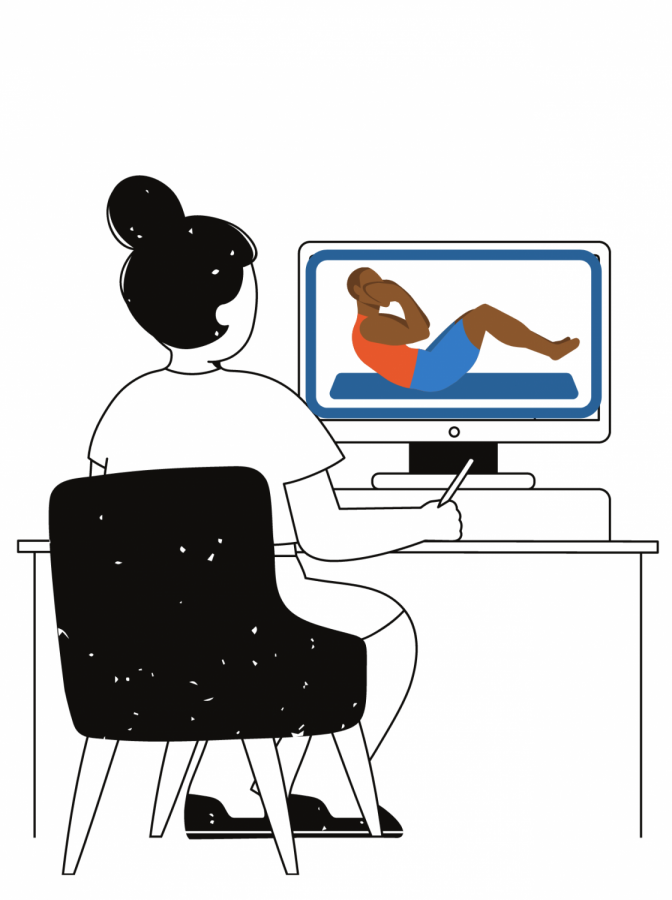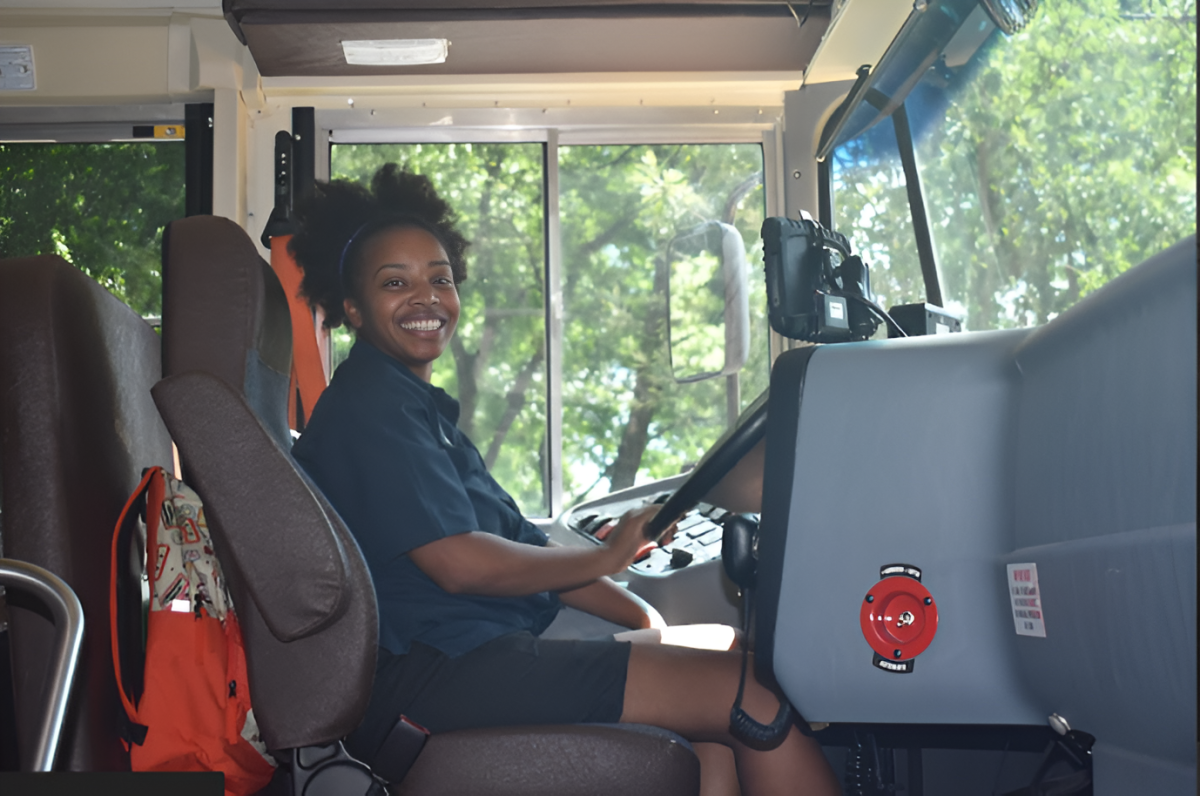Remote learning presents challenges for physical education students
With school being entirely remote thus far, students enrolled in physical education courses are having to learn about exercise and physical activity through a screen. Current and past students explain that a lot of what they do is on the computer, and physical activity is much less than it would be in a normal year.
March 3, 2021
Our parents, our parents’ parents and their parents all took physical education in high school, but never online.
Physical education was first introduced in public schools in 1855 when Cincinnati, Ohio’s city school system offered it to children. It wasn’t required by law until 1866 when California mandated physical exercise two times a day in public schools. One hundred and fifty-four years later, a program intended to increase students’ physical activity is being proctored through a screen with expected limitations.
“The average day would go something like this: my teacher would take roll; he would put on a workout video, then we would watch that and take notes for the entire day,” senior Dylan Johnson said. Johnson took a team sports class virtually during the fall semester.
Normally, high school physical education programs provide a structure for regular physical activity and participation, and often play a large role in student’s health, said Tim Brusseau, Associate Professor of Health-Kinesiology, and Nutrition & Integrative Physiology at the University of Utah.
“Physical education really provides an opportunity for youth to learn the skills to be physically active and to be able to practice those skills and develop healthy habits,” Brusseau said. “Physical education for many kids may be the only opportunity they have to be physically active on a regular basis.”
However, when physical education lacks the physicality of in-person learning, this structure fails.
“You can really just not participate,” Johnson said. “I know that sounds lazy to some extent, but what you could do is do homework for other classes during the period, you could study, just play video games or sleep. Really the opportunities were limitless.”
Oftentimes, the assignments during the school day would involve little, if any, physical activity requirements.
“We would have a weekly assignment, which would be about a certain sport,” Johnson said. “My teacher would tell us, ‘For our sport of the week, we will be learning about baseball.’ He would put on a quick five-minute video about the sport, and we would have to write a paragraph about the sport … There was no enforcement for actual physical activity.”
Brusseau adds that there’s no real substitution for in-person physical education.
“I don’t think anything can replace in-person opportunities to be active and in-person instruction. Certainly online opportunities are better than nothing, but I think it limits our ability,” Brusseau said. “A lot of students may not have equipment at home or the necessary space. There are many limitations when we’re doing things online, and it restricts what you’re able to do.”
This semester, though, things look slightly different, and physical activity is more incorporated, explains senior Madeline Moser, who is currently taking personal fitness online.
“I was expecting that we would have to turn on our cameras and do exercises in front of the screen,” Moser said. “We still have to track 2,000 steps during the class period or take a quiz on a certain sport. It usually takes about 20 minutes.”
However, the system is far from perfect. Twenty minutes and 2,000 steps fall well below the recommended daily 60 minutes of physical activity required by the Centers for Disease Control (CDC). For students whose only physical activity might take place during school, every minute of exercise is essential.
“Physical activity helps with our physical health, it helps with our mental health, it helps us perform better academically,” Brusseau said. “If we’re not having an opportunity to be physically active, we can see issues with being sedentary, which can result in gaining weight, being less fit, weaker cardiovascular systems, and worse ability to perform cognitively and academically.”
Another issue presented by remote physical education is a lack of motivation, Moser said.
“Students may feel less motivated to work out because they can’t see anyone else,” Moser said. “I don’t feel like this applies to me but it might to others.”
Johnson faced a similar problem and mentions that the lack of interaction made taking Team Sports remotely much worse than expected.
“I took a personal fitness class freshman year, and it was much better,” Johnson said. “My least favorite part of taking the class online was the fact that I couldn’t interact with my peers. I actually had a good group of people in my online PE class, and we would sometimes text each other, but it was just not the same.”
Among the limitations, the ease of the class provides a silver lining for students who take online physical education.
“It’s an easy A, and I can get my work done pretty quickly, then I have the rest of the class time to finish other work or do something else,” Moser said.
Despite the challenges, teachers have made the most of the classes, Johnson said.
“What I was expecting was what I got: it was probably the easiest thing I have done,” Johnson said. “This is not a knock at all to any of the teachers because they did the best he could. I really just do not see how you can teach online PE.”







